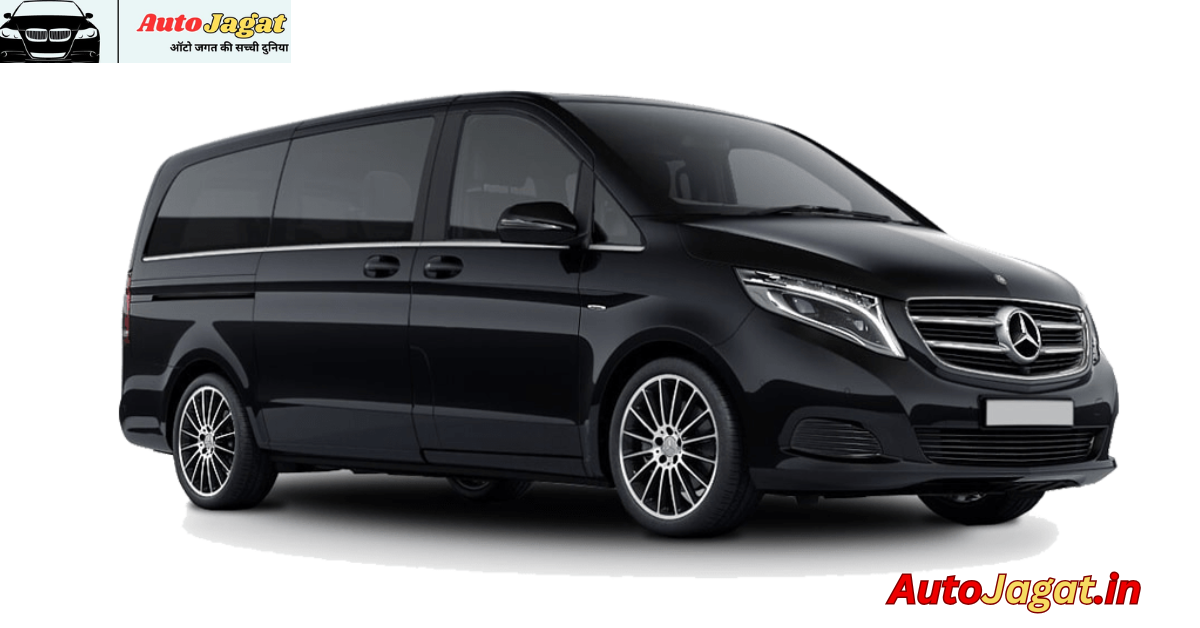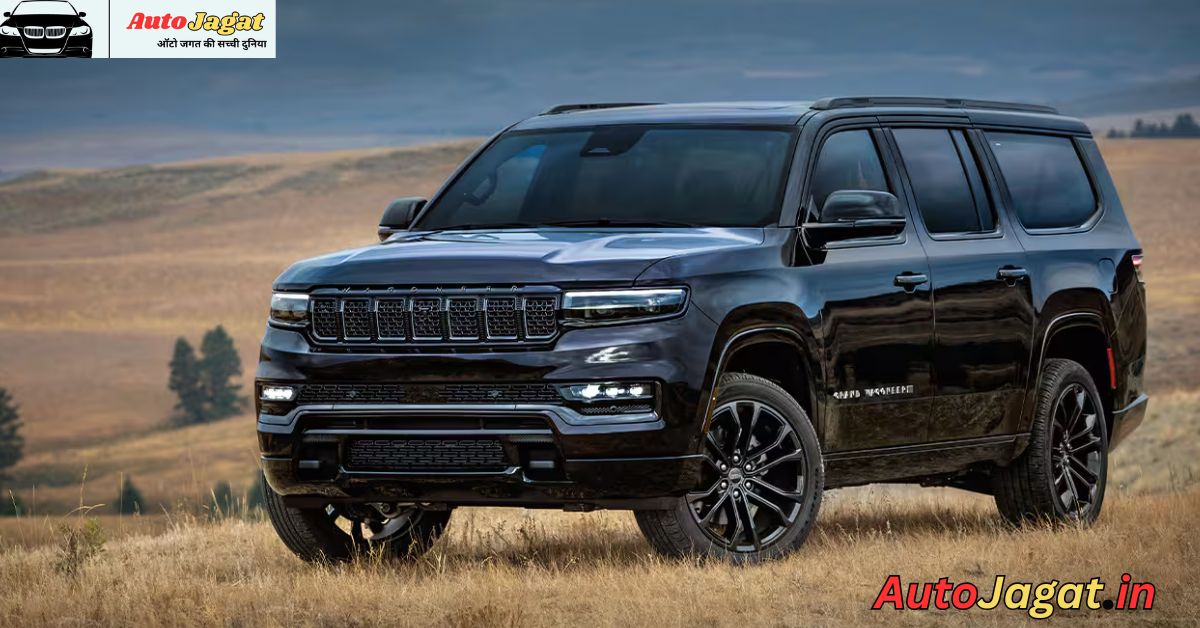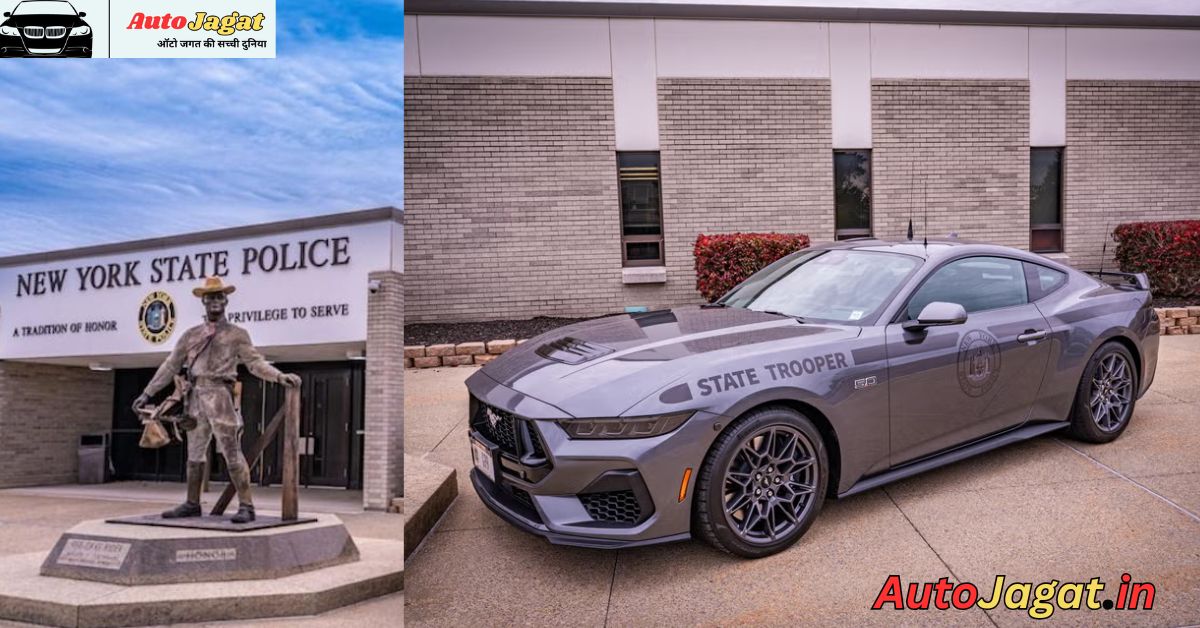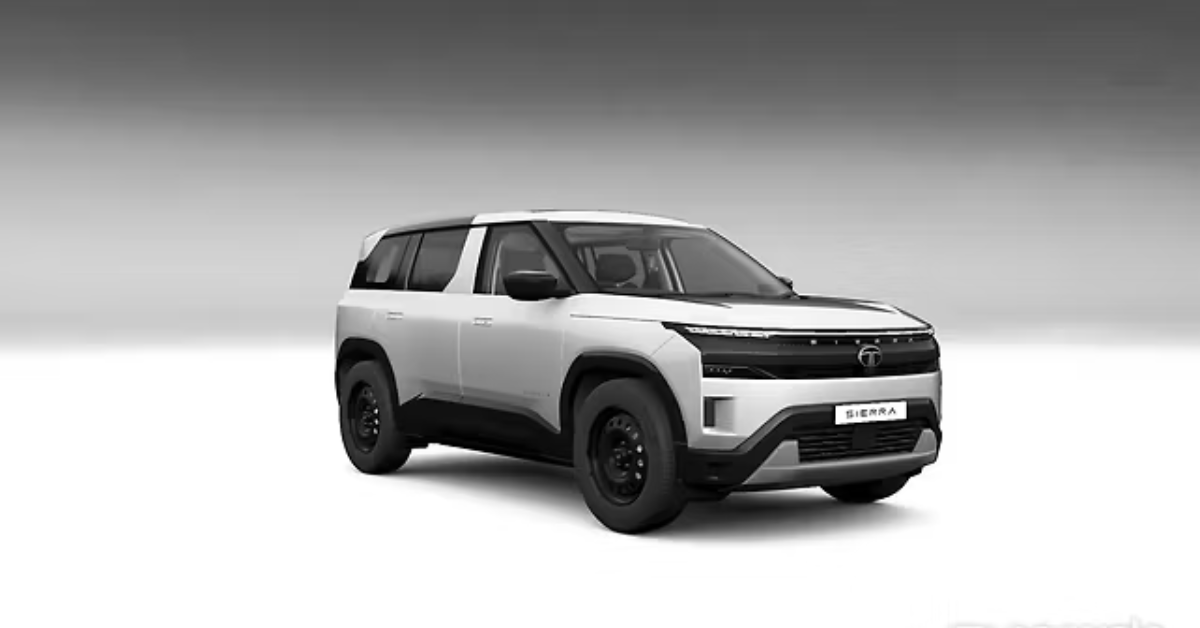In the world of multi-purpose vehicles (MPVs), few names command the same level of respect and recognition as the Mercedes-Benz Viano. Introduced in 2003 as the successor to the V-Class, the Viano combined the functionality of a large people carrier with the elegance and prestige associated with the Mercedes-Benz badge. Designed for families, businesses, and executive travel alike, the Viano quickly established itself as a versatile, premium choice in the MPV segment. Even years after its production ended in 2014, it remains a benchmark for comfort, practicality, and understated luxury.
The Concept: Versatility Meets Prestige
At first glance, the Mercedes Viano may seem like a utilitarian van. However, its true value lies in how Mercedes-Benz engineered it to go far beyond that. Built on the same platform as the Vito commercial van, the Viano was developed with a clear goal: to create an MPV that offers the spaciousness of a van but with the comfort, technology, and refinement expected of a luxury vehicle.
Its boxy yet streamlined shape maximized interior space, allowing for various seating configurations. Whether used as a family car, a shuttle for VIPs, or a mobile office, the Viano could be tailored to fit nearly any role. Available in three different lengths—Compact, Long, and Extra-Long—it offered flexibility that few other vehicles in the segment could match.
Interior Comfort: Space and Sophistication
One of the Viano’s strongest selling points was its cabin. With seating for up to eight passengers, the Viano was clearly designed with comfort in mind. High-quality materials adorned the interior, with leather upholstery, ambient lighting, and a well-laid-out dashboard creating a serene environment. Passengers benefited from ample legroom and headroom, even in the third row—something many MPVs struggle to provide.
The second and third-row seats were designed to be removable or adjustable, offering a modular layout. This meant users could transform the interior based on their needs—be it transporting luggage, cargo, or passengers. Higher trims even included captain’s chairs and folding tables, making the Viano a favorite among executives and luxury shuttle services.
Performance and Driving Experience
Under the hood, the Viano offered a range of diesel and petrol engines, most commonly the 2.2-liter CDI diesel engine. Later models introduced a more powerful 3.0-liter V6 diesel, which offered a surprising amount of punch for a vehicle of its size. Paired with either a six-speed manual or five-speed automatic transmission, the Viano delivered a smooth and composed drive.
On the road, it didn’t behave like a van. The ride quality was impressive, thanks in part to its rear-wheel-drive layout and sophisticated suspension setup. It absorbed road imperfections with ease and remained stable, even when fully loaded. For an MPV, it handled with remarkable poise, making it suitable for long-distance cruising and daily urban commuting alike.
Safety and Technology
Mercedes-Benz has always prioritized safety, and the Viano was no exception. Standard features included Electronic Stability Program (ESP), Anti-lock Braking System (ABS), multiple airbags, and Brake Assist. Later models also benefited from advanced features such as parking sensors, rear-view cameras, and even optional adaptive cruise control.
In terms of technology, the Viano featured Mercedes’ COMAND infotainment system in higher trims, which included navigation, Bluetooth connectivity, and multimedia options. While not as advanced as today’s systems, it was cutting-edge at the time and a welcome addition to a vehicle in this category.
Practicality and Ownership
The Viano wasn’t just about luxury—it was also immensely practical. The sliding rear doors (available in manual or electric versions) made access easy, especially in tight parking spaces. A large rear tailgate opened up to a cavernous boot, particularly in the Extra-Long version, making it perfect for airport runs, family holidays, or business transport.
Running costs were relatively manageable for a vehicle of its size, particularly with the diesel options. Mercedes also offered a range of service packages and warranties, making ownership a relatively stress-free experience.
Legacy and Successor
Production of the Viano ended in 2014 when it was replaced by the reintroduced Mercedes-Benz V-Class. The new V-Class retained much of what made the Viano successful but introduced more modern styling, updated engines, and the latest technology. Nevertheless, the Viano remains a sought-after used vehicle, particularly among buyers looking for a spacious and luxurious MPV without the price tag of a brand-new model.
Final Thoughts
The Mercedes-Benz Viano proved that MPVs didn’t have to be boring, spartan, or purely utilitarian. By blending luxury with functionality, Mercedes created a vehicle that appealed to a broad range of buyers—from families to fleet operators to luxury chauffeur services. Even today, more than a decade after its debut, the Viano stands as a testament to the idea that practicality and prestige can indeed go hand in hand.

Hello, my name is Himanshu Kumar and I am an experienced Digital Marketer. I have been blogging for the last 4 years and I have special interest in SEO. Here I give you easy bikes and writes easy-to-understand reviews and news about the latest bikes, helping readers choose the best options.. My aim is to always provide you with accurate, new and useful information.





